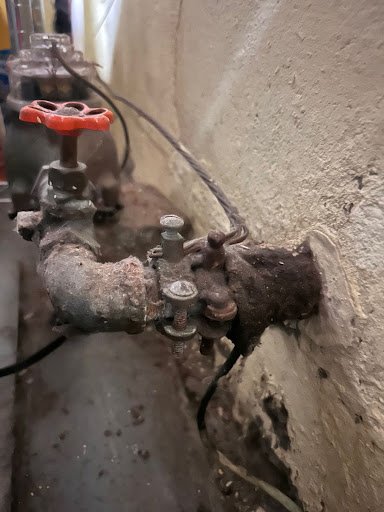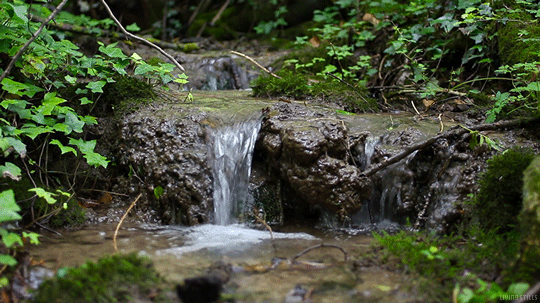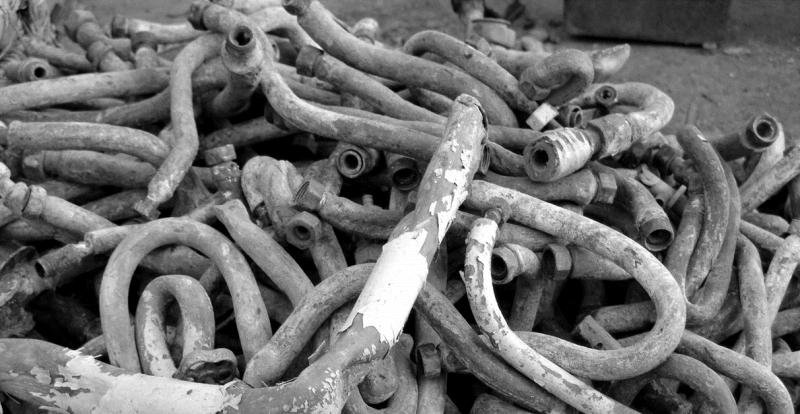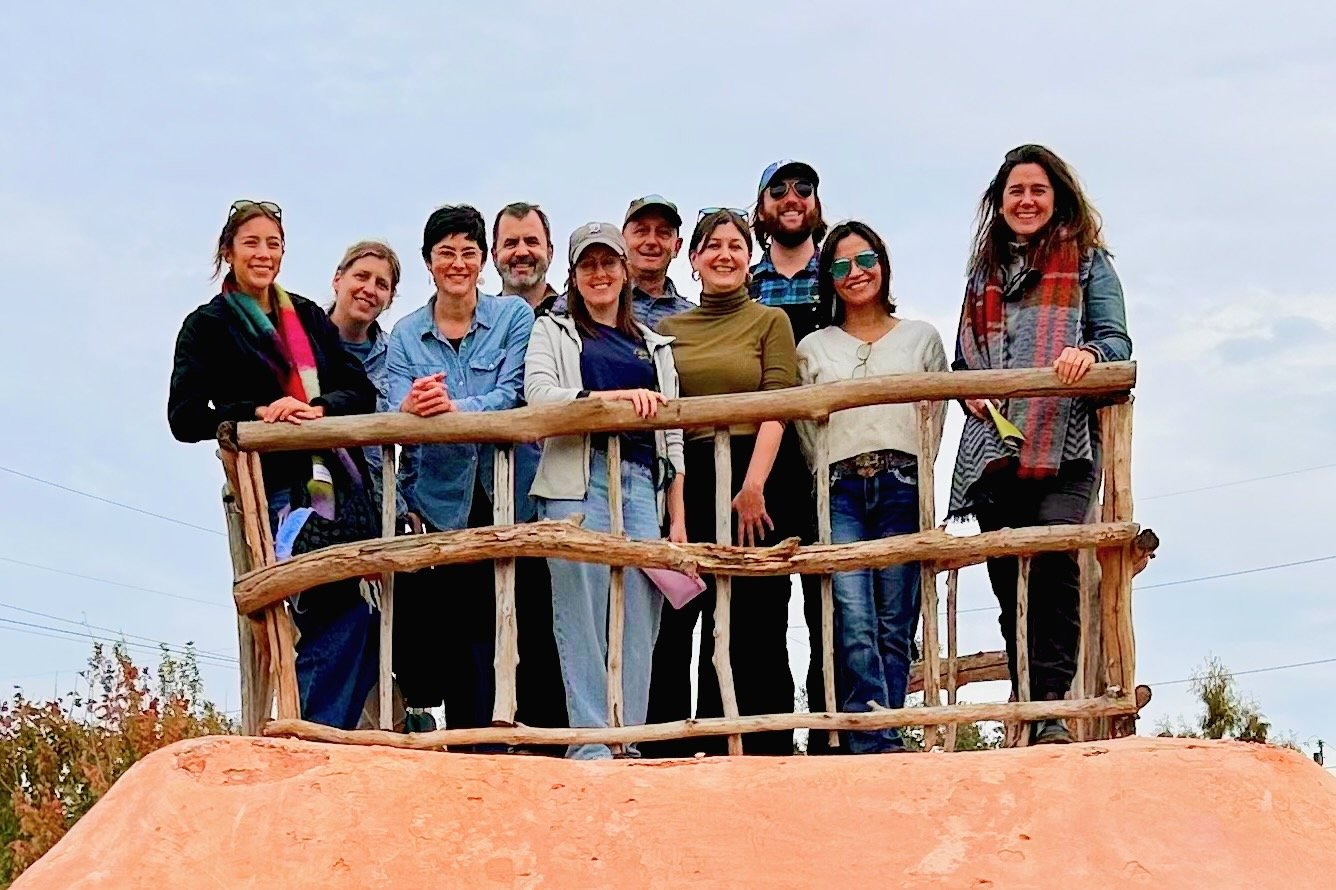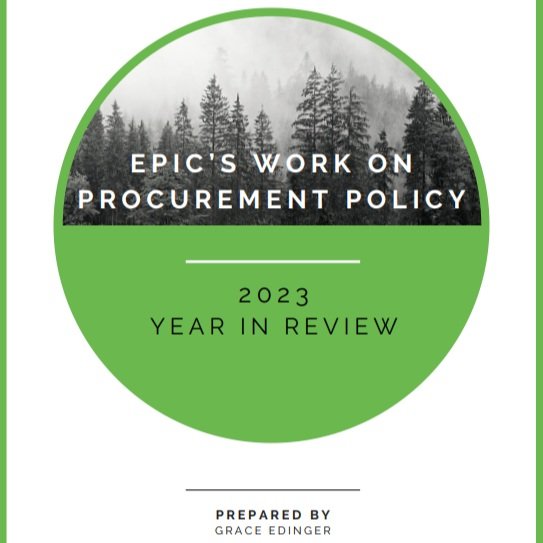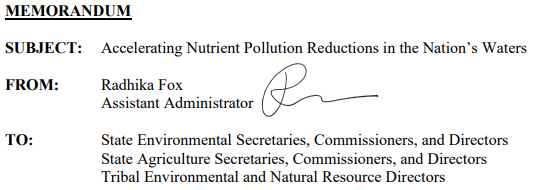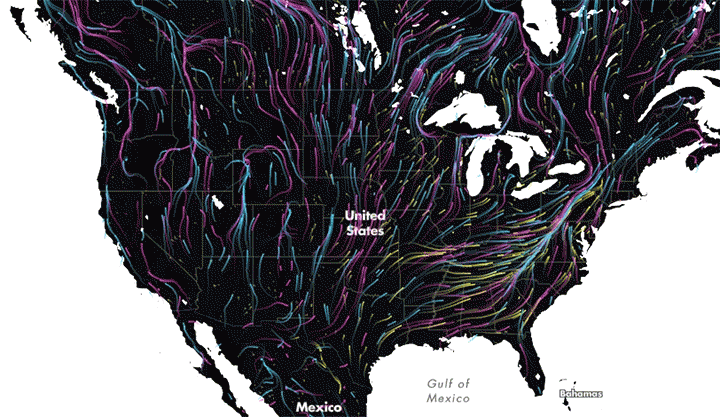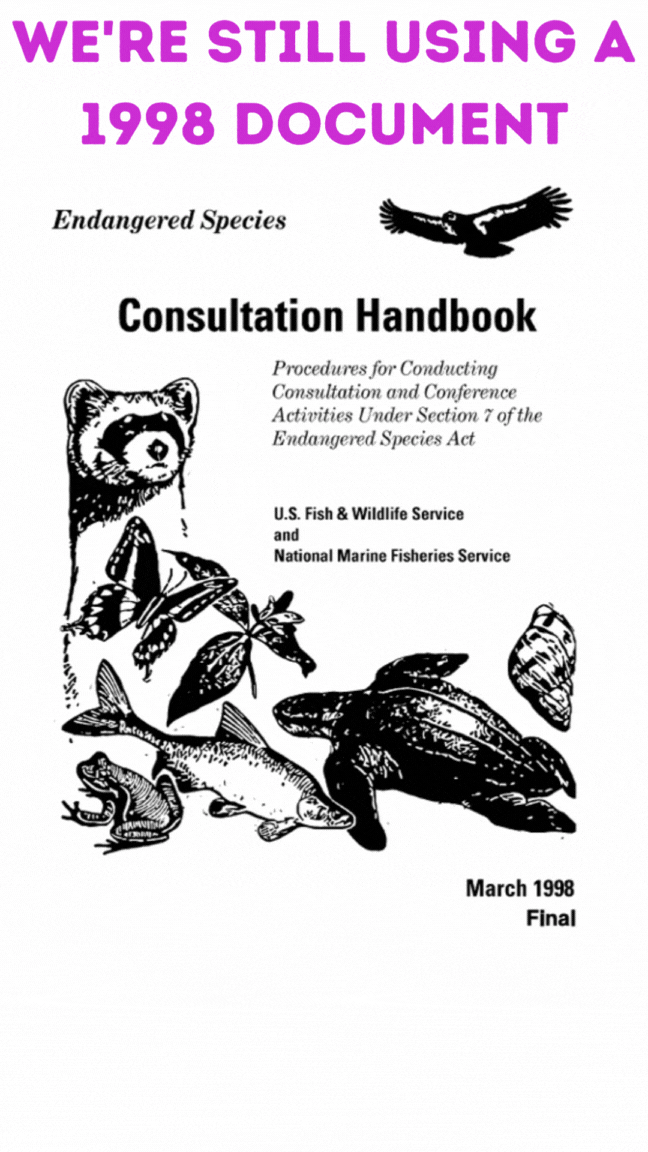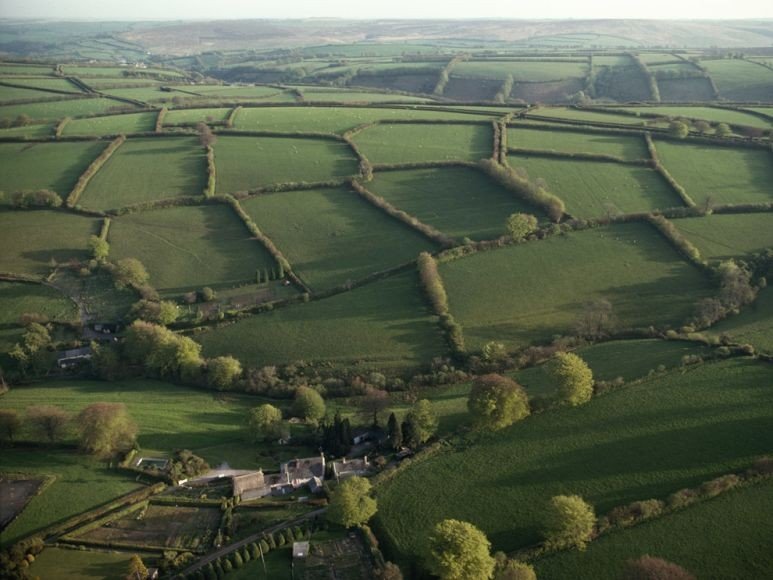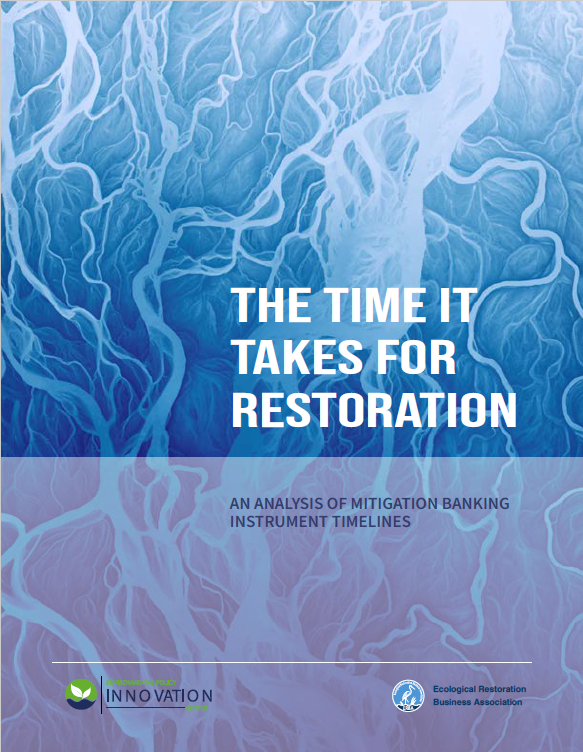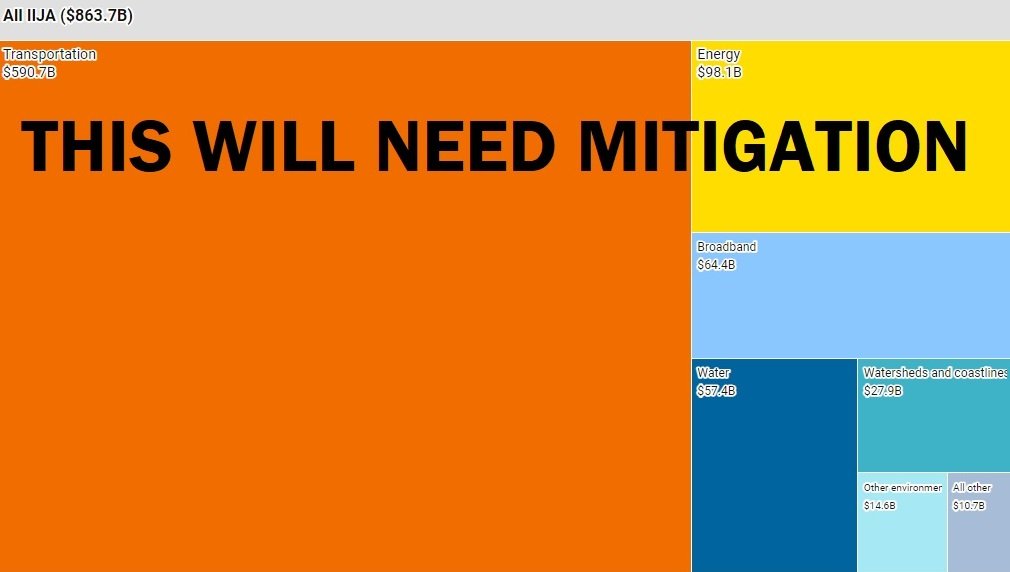Water Infrastructure
Restoration & Mitigation
Technology
Procurement & Finance
Since enacting the Conservation Finance Act in 2022, Maryland agencies have begun to implement it and attract greater private investment in conservation.
What is motivating biocredit buyers at this early stage as the market is in development? Why would corporate buyers and other entities be interested in investing in migratory songbird or salmon credits? What’s in it for them? Today the BCA released a new issue paper, “Demand-side Sources and Motivation for Biodiversity Credits'' that untangles some of these incentives and rationales.
Agriculture
Everybody’s talking about environmental sandboxes. What are they, and maybe more importantly, what aren’t they?
Since enacting the Conservation Finance Act in 2022, Maryland agencies have begun to implement it and attract greater private investment in conservation.
New report evaluates the last three years of efforts developing Midwest watershed partnerships
New report examines the challenges to administratively scaling the Regional Conservation Partnership Program
The Susquehanna River Basin Commission announced today the opening of its application for proposals offering cost-effective reductions of nutrient pollution entering the Chesapeake Bay from the Susquehanna watershed.
Mason City and Forest City sign innovative agreements to pay farmers to improve water quality.
Third and final in a series, this blog explores how USDA can tweak existing programs to speed up delivery of conservation money in the Inflation Reduction Act.
A project to illustrate which watersheds and cities in Iowa are closest to meeting their nutrient reduction goals from municipal point sources
Second in a series, this blog explores how USDA can use emerging technologies to speed up delivery of conservation money in the Inflation Reduction Act.
First in a series, this blog explores how USDA can use outcomes purchasing to speed up delivery of conservation money in the Inflation Reduction Act.
One month ago today, Pennsylvania passed the country’s second legislatively-authorized clean water outcomes procurement program
In New York state, a clever partnership between the city of Syracuse and upstream farmers has managed to significantly clean up the Skaneateles Lake
Endangered Species
What is motivating biocredit buyers at this early stage as the market is in development? Why would corporate buyers and other entities be interested in investing in migratory songbird or salmon credits? What’s in it for them? Today the BCA released a new issue paper, “Demand-side Sources and Motivation for Biodiversity Credits'' that untangles some of these incentives and rationales.
Yesterday, the Fish and Wildlife Service (FWS) released an Advanced Notice of Proposed Rulemaking (ANPR) on Compensatory Mitigation Mechanisms. We provide initial reactions here.
All Posts
Demystifying environmental sandboxes: What are they, and what aren’t they?
Everybody’s talking about environmental sandboxes. What are they, and maybe more importantly, what aren’t they?
New Research: A Wishlist for Improving the Mitigation Bank Approval Process
Webinar Recording: The Time it Takes for Restoration
Why are We Spending ⅓ of a Restoration Project’s Funding on Permitting?
If You Can Track a Pizza, You Can Track a Permit
Build Conservation Banking Back Better
Streamlining Restoration Projects with Nationwide Permit 27: An Explainer
This explainer reviews how NWP 27 created huge efficiencies in permitting aquatic resource restoration with widespread benefits to coastal and upland wetlands, streams, and other resources. Other Federal and state regulations could take a cue from this example and streamline projects proven to create a net benefit in natural resources. Photo credit: James Loesch
Recent Efforts to Streamline Restoration Permitting: Why it matters
Ecological restoration projects are often as difficult, if not more so, to permit than development. There are multiple regulatory agencies, exorbitant costs, and often years of time needed to secure proper permits. Obviously, this is a barrier for restoration work. Smaller firms and local efforts often do not have the money, time, or technical expertise to navigate this difficult process and will either abandon or avoid projects because of permitting red tape. Our ecological crises are on tight timelines; we don’t have years to wait around for complicated layers of permits. When speaking about our response to climate crises, Wade Crowfoot, California’s Secretary of Natural Resources succinctly put it, "Winning slowly is still losing. We’re still losing if we’re winning in tiny bites. We need to be doing much bigger things faster. That’s how urgent the situation is."










